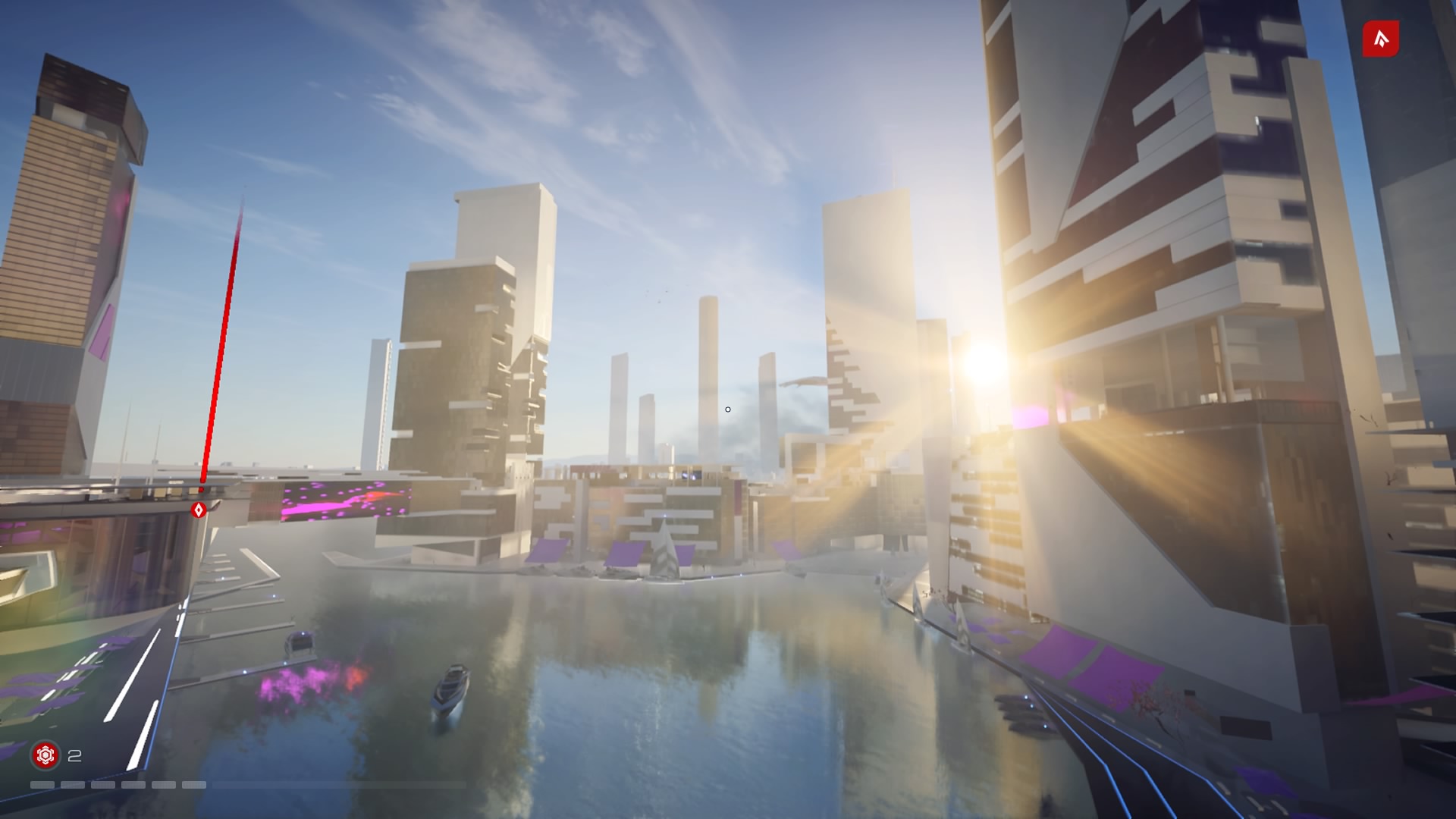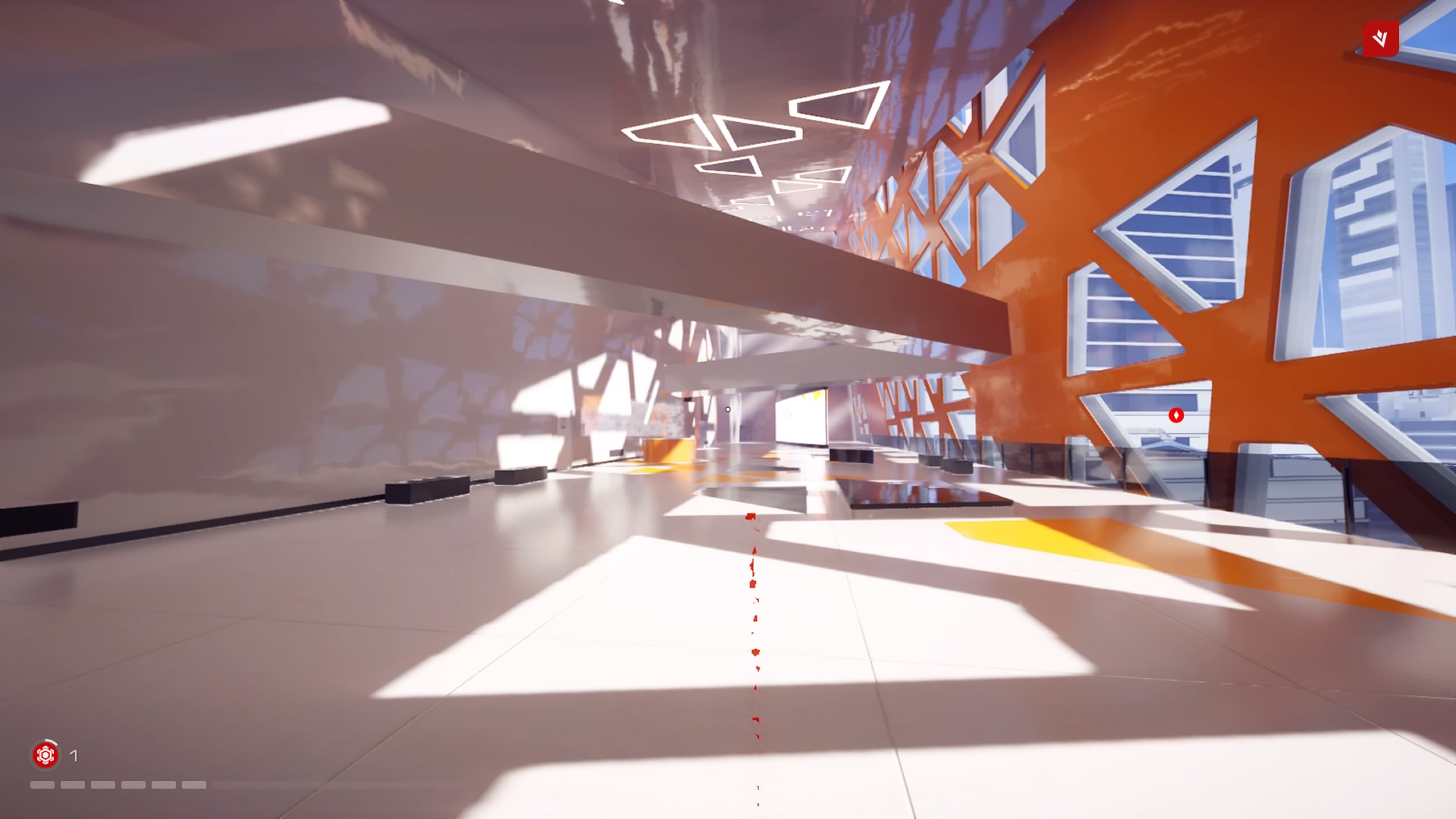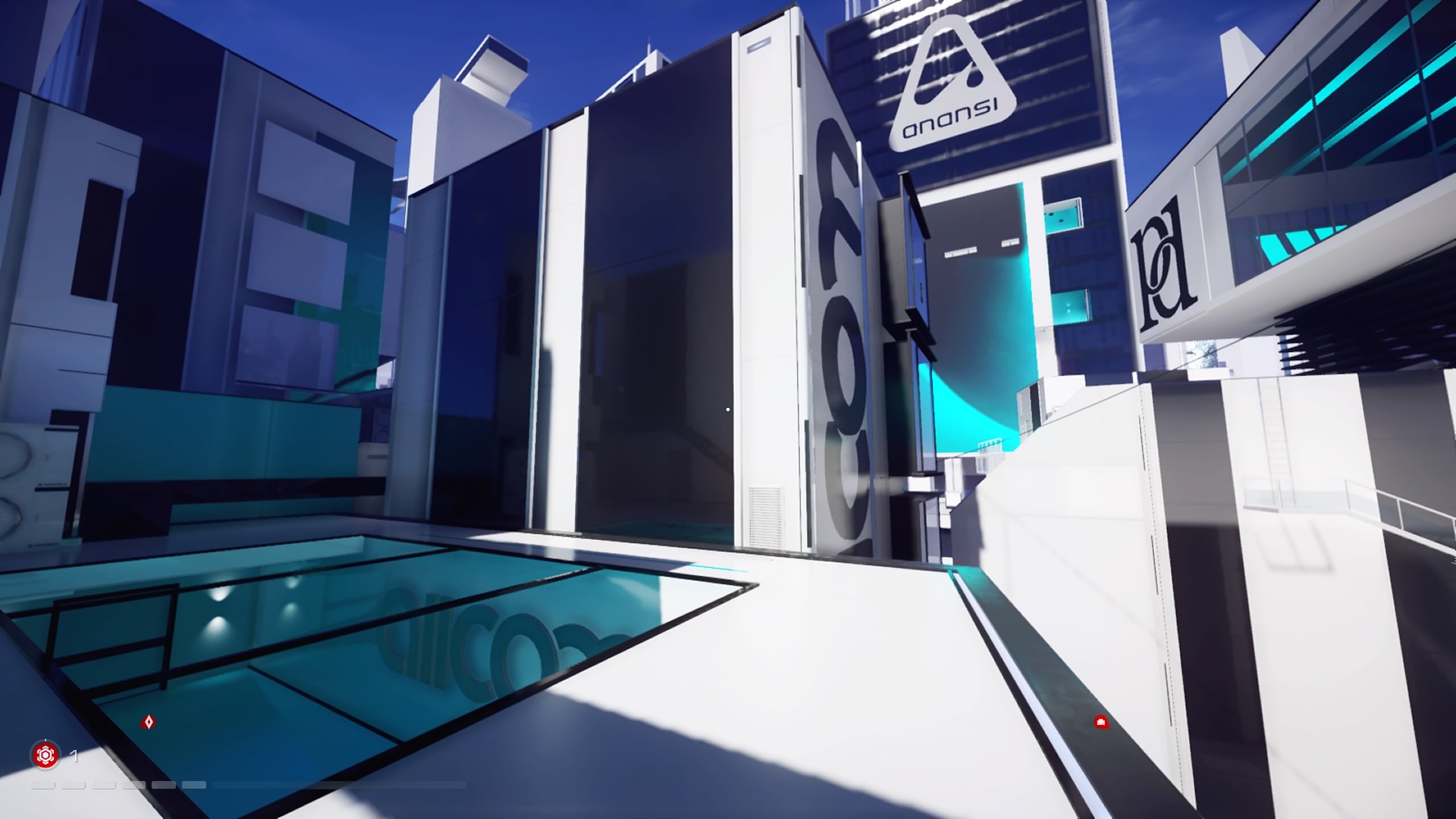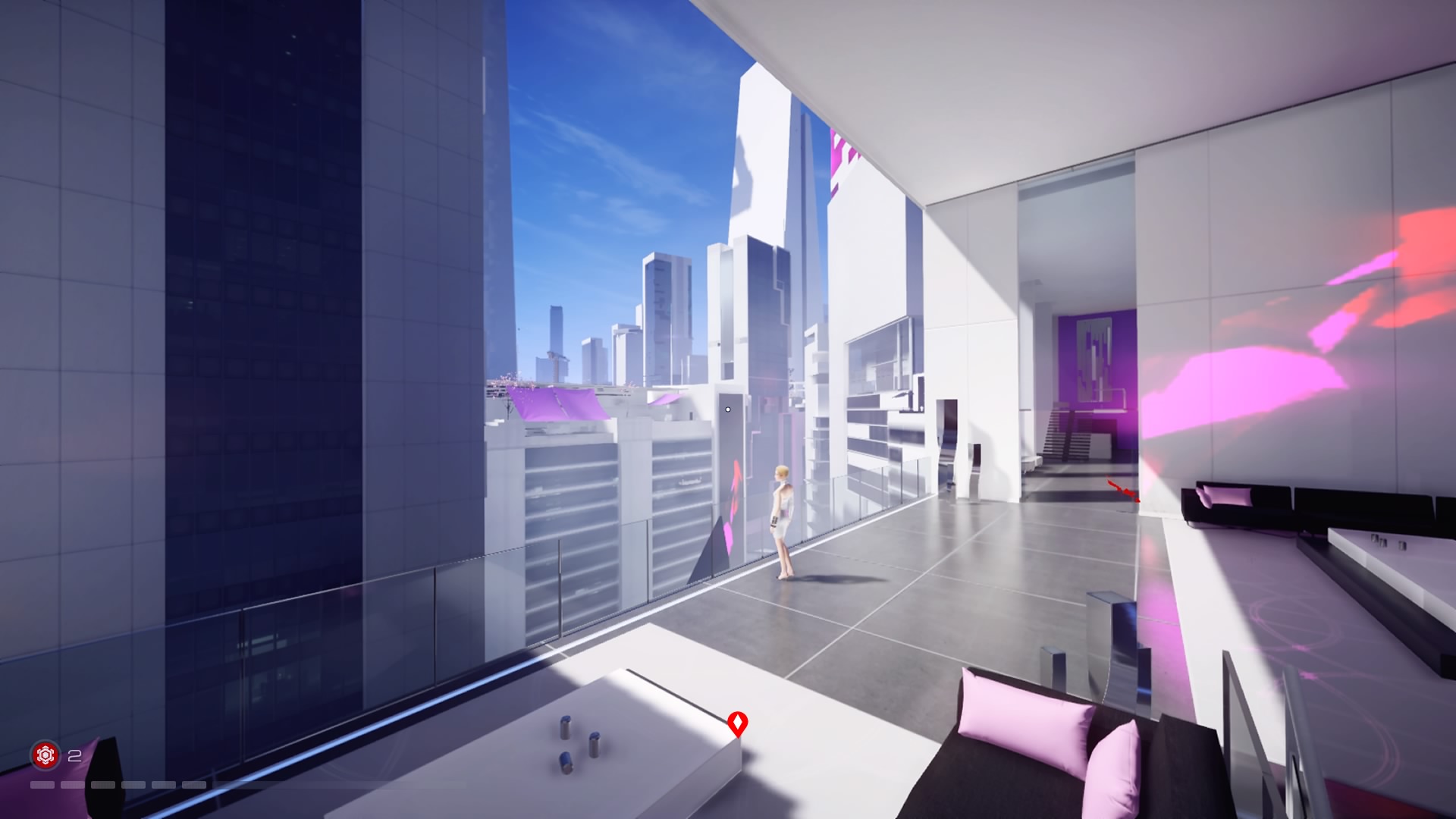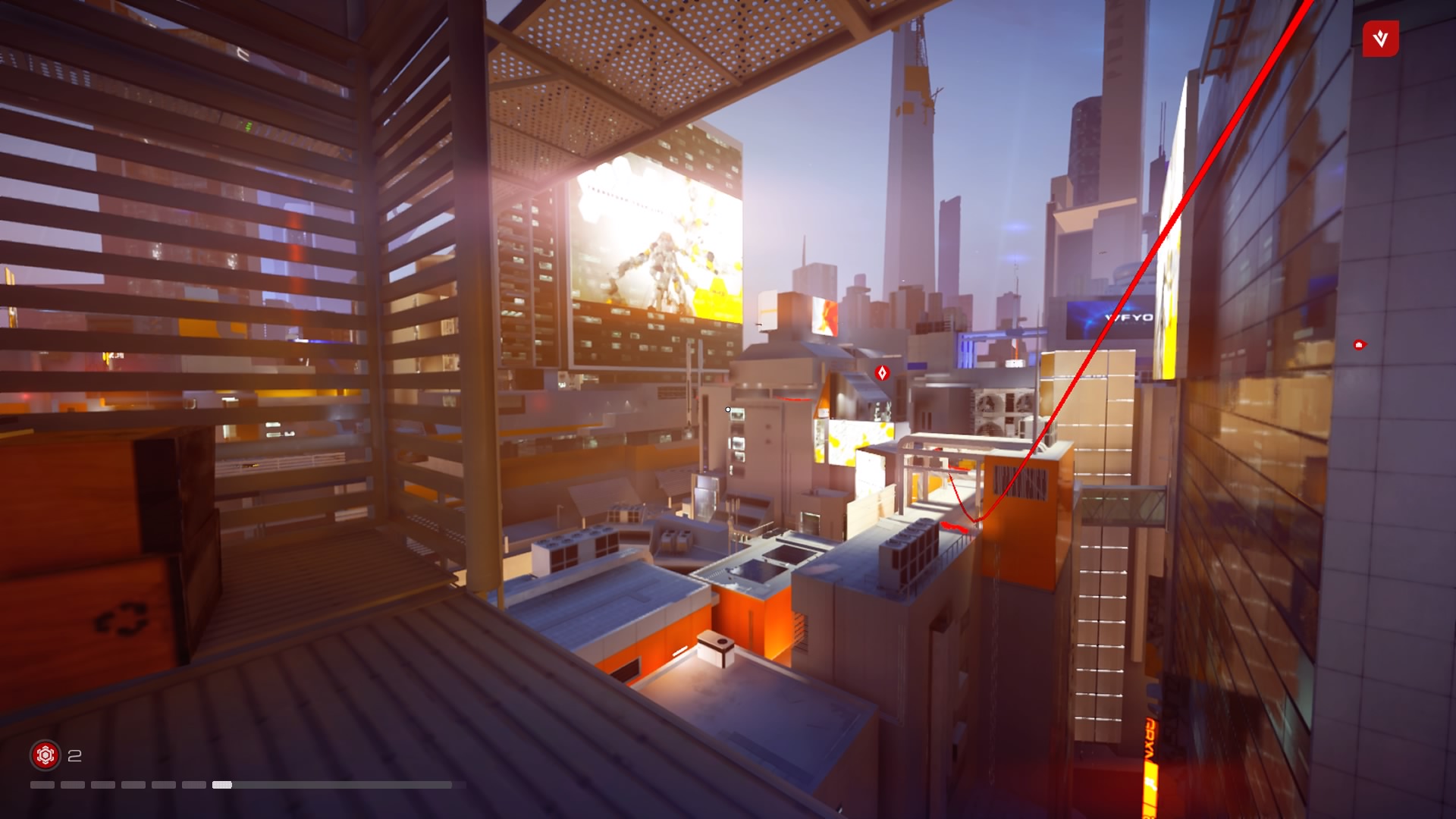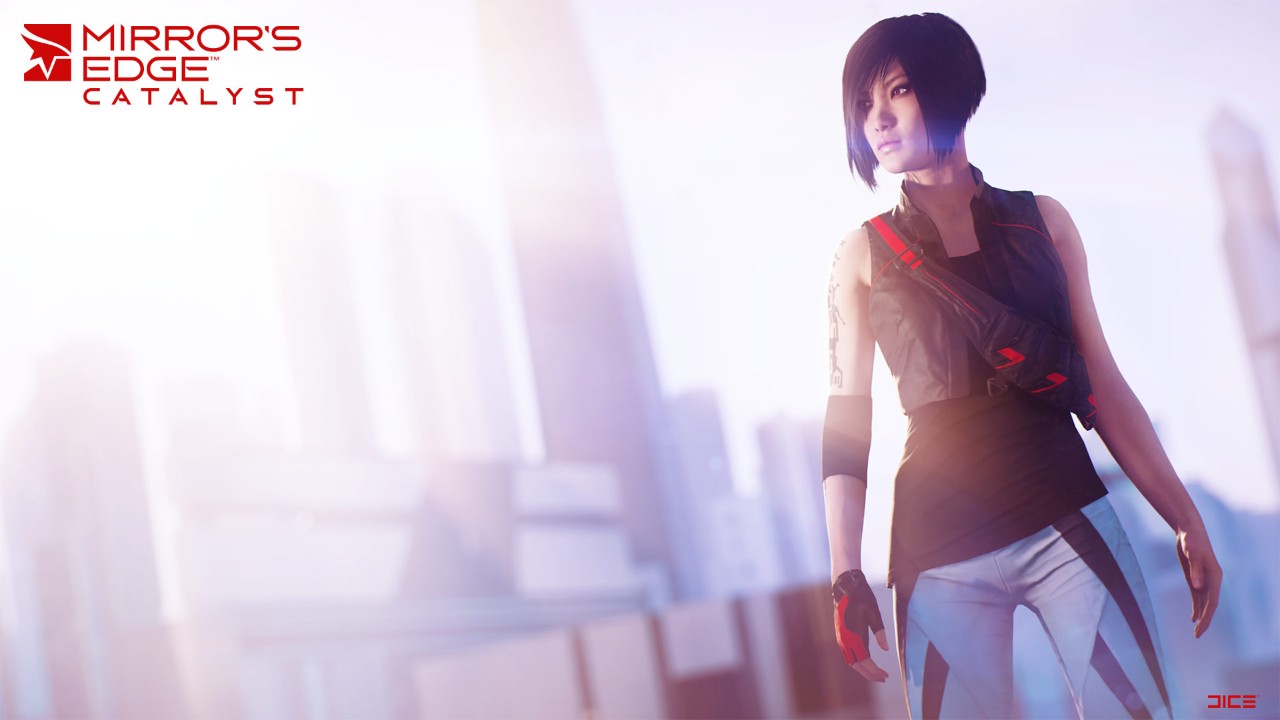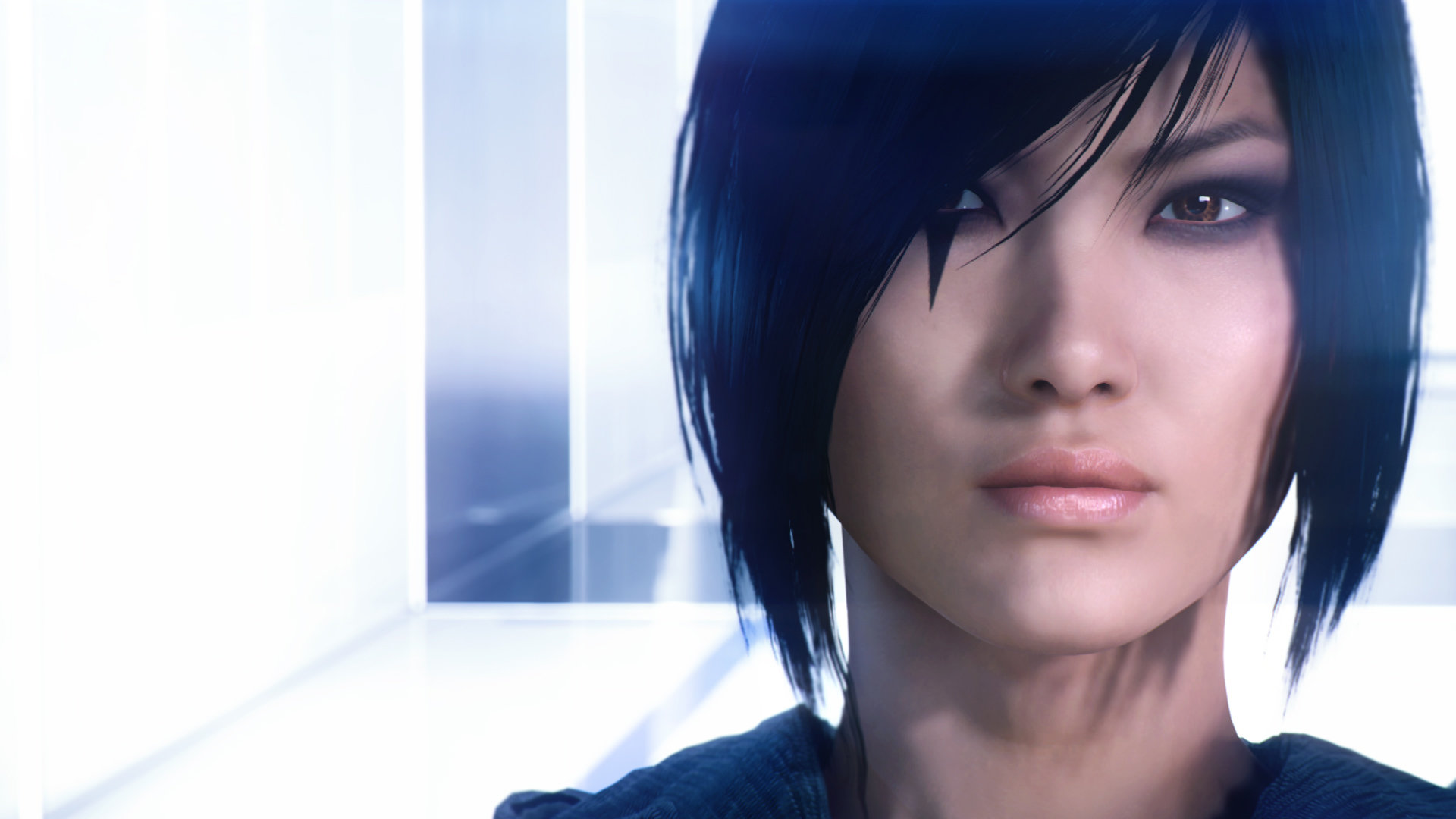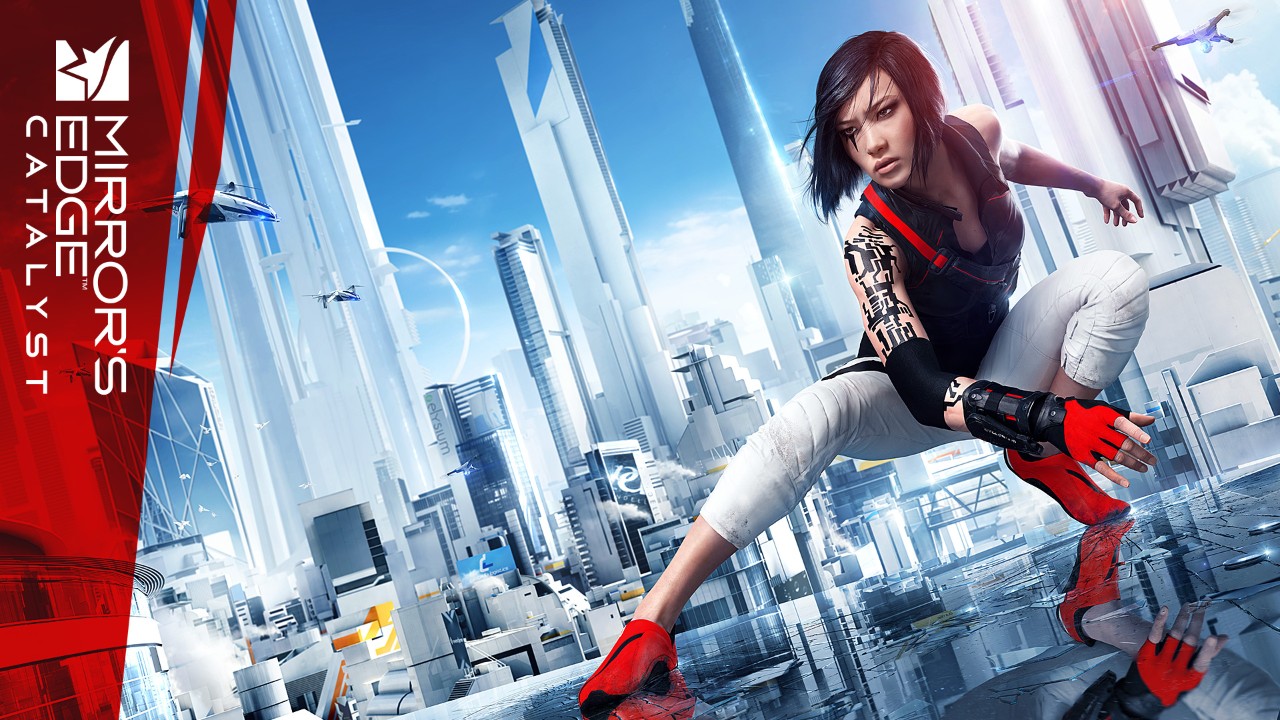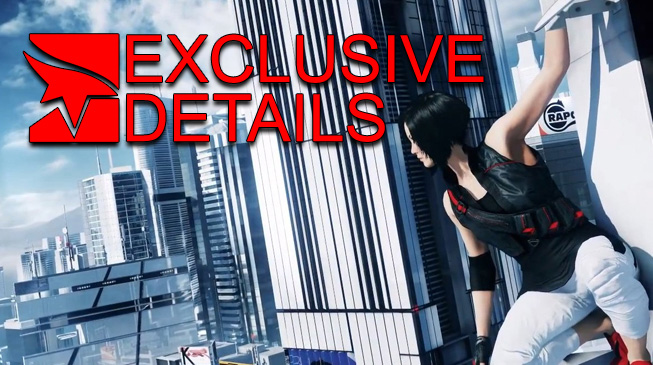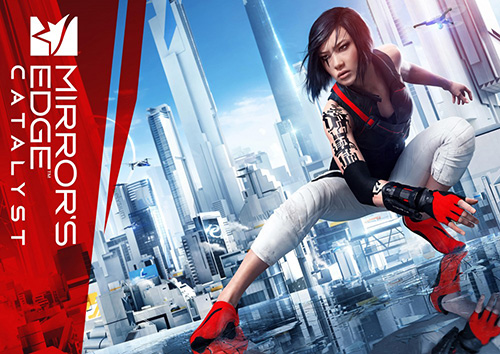
When it came out in 2007, Mirror’s Edge was a sky blue burst in a seemingly endless reality-is-brown wasteland of first-person and third-person shooters. Its crisp, clean aesthetic, coupled to a solid first-person parkour mechanic and a perfunctory but engaging story made it stand out. It wasn’t a game that appealed to everyone, however, but for those that got it— that truly understood what it was trying to do, Mirror’s Edge stands as one of the best games of its generation.
At first, the idea that there would be a sequel seemed like a no-brainer. This was, after all, a game published by EA, and they don’t publish things that they can’t turn into annualised sequel-ready franchises at the drop of a hat. But then DICE, the game’s developer, moved on to other projects and the possibility of another Mirror’s Edge game seemed to get further and further away.
Finally, though, a sequel was first announced in 2014, but then it turned out it wouldn’t be a sequel, but rather a reboot, telling the story of how Faith Connors came to be where we found her in the first game. For fans of the first game, and for anyone who loved its aesthetic and what it was trying to do, it’s good to finally be able to get back into that high contrast world.
Calling Mirror’s Edge: Catalyst a reboot, however, actually oversells just how much it relates to the first game. There’s a pivotal story moment about halfway through that makes it clear that there is no story relationship between the two games, and that the origin story of Faith in this game is not the origin story of Faith in the original (for that story, go check out the one-shot comic that was published around the same time as the first game.)
The story itself is, by far, the biggest disappointment in Catalyst. Aside from Faith, almost none of the characters are interesting enough to invest in, and Icarus, who serves, I guess, as Faith’s sidekick for much of the early story, seems completely out of place with the universe he’s in, like he wandered over from the douchebro audience of an EA Sports franchise and accidentally got mistaken for the real character. Other characters come and go with only surface-level motivations. Nobody is complex or interesting.
I kept hoping that things would improve, that I’d see less of Douchey McDoucheface, or that someone would come into the story that would make me actually care about them. That actually did happen with Plastic, who is, aside from Faith, the most interesting single character in the game, but she’s limited to a passive voice in your ear for much of it, and never leaves her Serial Experiments Lain-inspired apartment.
It doesn’t help that everyone speaks this weird camelCase language, unironically using words like ‘gridNode’ and ’beatLinked’ and ‘eXec’ and urghghghg just make it stop for crying out loud. The only way this works is if the game spends more time than it ever does on worldbuilding, making us believe that these words and this weird attempt at pseudo-Orwellian language is normal in this place. Either that, or not take it seriously at all, though that would be significantly out of tone with Mirror’s Edge. The only levity we do get is Plastic, and its more of the slightly detached computer obsessed teenage girl type than the comedy sidekick type.
If the story had been relegated to neat animated cutscenes between levels like in the first game, or, hell, if they’d asked Rihanna Pratchett to come back and write it, then maybe it wouldn’t be so bad. In attempting to distill the world of the first game into something purer, something bigger, DICE have accidentally lost the mood and tone of that game. Faith, in the first game is strong and caring, and while she has her vulnerable moments, she’s clearly shown as being able to deal well with them. In Catalyst she’s a lot younger, barely out of her teens from the look, but the game badly mishandles the idea of a younger, more naïve Faith by taking away the things that make her work so well as the protagonist of the original. Maybe its for the best that Catalyst’s story is a clean break from the original, because there’s no way I’d buy this Faith growing into the Faith of that game.
The biggest story letdown is the game’s ending, however. I’m not going to dive too deeply into it just in case you don’t want it spoiled, but suffice to say that it’s a huge letdown that essentially nullifies much of the story leading into it.
I know the story wasn’t the original game’s strong point, either, but at least there it was almost entirely skippable and completely separated from the game’s stages. Here, the story is much more a part of the game, and while it can be ignored, the biggest change to the concept of Mirror’s Edge itself means that, eventually, you have to do it.
That big change is the one that almost everybody asked for after the first game came out. “Why isn’t Mirror’s Edge an open-world game?”, “Imagine how cool open-world Mirror’s Edge would be?*”, “Please make the next Mirror’s Edge open world” and so on.
Well, they did, and it is, by far, the best thing about Mirror’s Edge Catalyst. The downside to it is that it means the level design itself isn’t as tightly focused, and there’s no real moments like the crane jump from the first game’s third stage, although I’d argue that the final area of Catalyst is actually much better than the final area of the original, as you’re not required to shoot a bunch of computers to progress through it.
Moving about the open world of Catalyst is wonderful. The physics have been tightened up and the game is just a little more willing to fudge them in your favour than the first game was. The satisfaction of perfectly timed jumps, slides, climbs, quick turns, wall runs and all the other tricks Faith can do is still there in full effect, and it’s truly the reason to play this game. Being unshackled from individual stages means that it’s possible to just free run anywhere, any time, without any goal in mind.
There are short side-missions (not to be confused with the game’s actual side-story missions) that usually involve carrying a thing from one place to another within a very strict time limit. These are the best parts of Catalyst, and learning the route and how to make it in the time alotted is incredibly satisfying. There’s also a cool multiplayer feature where players can create their own courses for other players to try and get the best time. This may actually be the best way to do multiplayer in a Mirror’s Edge game, and it will hopefully lead to a dedicated online community of course makers within the game.
Even here, though, there is one big problem: A lot of Faith’s abilities have been gated behind a progression and levelling system. While some of them are just unlocked via XP (which can be earned by doing the side stuff, but story missions give the bulk of it), a couple of major ones, such as the new grappling hook moves, require certain story missions to be completed before they become available. Because of the fact that most of these missions’ time limits assume you have most of the movement abilities unlocked, doing them before completing the story can be an exercise in frustration (it’s possible, but requires very perfect execution). Even some of the most basic moves Faith has, like the landing roll and quick turn, are initially unavailable.
The combat in Catalyst (and just by saying that I can hear many Mirror’s Edge veterans screaming in pain) is much improved, although there’s still far more of it than there should be. Fortunately a lot of it is avoidable, but the parts that aren’t are still clunky and weird. Faith has been given much better combat options, thankfully, although the enemy AI is surprisingly easy to exploit (slide kicks work almost all the time). There’s no gunplay at all this time (Faith can’t even pick up guns), with the game offering the very *Metal Gear Solid * excuse of biometrically-linked weapons. It’s not a big deal because gunplay was easily the worst part of Mirror’s Edge.
If, like me, you were a huge fan of the design aesthetic of the original Mirror’s Edge, then the good news is that Catalyst looks even crisper, cleaner and more futuristic than its predecessor. The open world design has given DICE the opportunity to provide a lot more interiors to move through, which actually helps make the world feel more alive, but the ‘just sunshine and blue skies’ feel of the original remains. There’s actually a bit more variety, too, with the city being broken up into zones that all use slightly different colour schemes. It’s a clever way of solving the problem of environmental variation in a world where, realistically, everything would be very similar.
For me, one of the most important aspects of the original Mirror’s Edge was its music. Because of that game, I discovered the amazing work of artist Solar Fields, who’s ambient electronica has soundtracked much of my life since. He’s pretty fantastic if that kind of music is your thing and you should go check him out. The game also had the fantastic Still Alive by Lisa Mikovsky as its main theme. The good news is that Solar Fields has returned for Catalyst and the soundtrack is suitably fantastic. This time around the music is dynamically linked to the action, which really helps you get focused when you’re running and have a good flow going. There’s also a new theme by the band Chvrches that doesn’t really hold a candle to Still Alive and feels less a part of the game than that song did.
Mirror’s Edge Catalyst is at once fantastic and disappointing. It does some things brilliantly, especially with the way world traversal works and its gorgeous aesthetic design. On the other hand, the things it does poorly, like the dull story, come close to overpowering that good stuff. It’s definitely very hard to recommend this game to anyone who wasn’t a big fan of the original. I personally loved the first game, and there’s just enough here to keep me interested in getting all the little bits and pieces scattered around the map, especially now that I can do it without the story getting in the way.
I think that there’s the potential for a brilliant Mirror’s Edge game in the future that has none of the flaws of Catalyst or its predecessor. Unfortunately, that isn’t this game, and while I’m relatively satisfied with what’s here, I will keep hoping for a genuinely great *Mirror’s Edge* title.
Gorgeous open world to traverse
Solid and satisfying running mechanics
Player created running courses
Completely dull story
Combat is improved, but still not great

